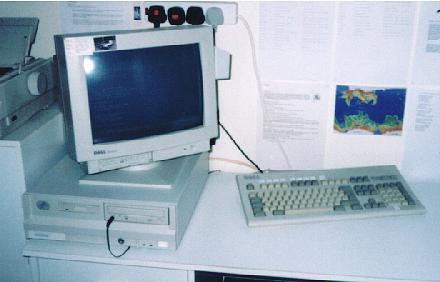NathanAllan
Veteran Member
I've had this one for a while but never worked on it (yet). I'm planning on maxing out the ram and putting some sort of DVD drive in it-- I don't have any 120MB tapes for it, and CD's are just better to use if it will take it. I think the lock is jammed, the case is loose but it won't open.
I'll put up more pictures when I get her opened up, see what's lurking inside (hopefully not spiders).
http://picasaweb.google.com/nathan.dkassandra4/UntitledAlbum#5392325303503746146
I'll put up more pictures when I get her opened up, see what's lurking inside (hopefully not spiders).
http://picasaweb.google.com/nathan.dkassandra4/UntitledAlbum#5392325303503746146

